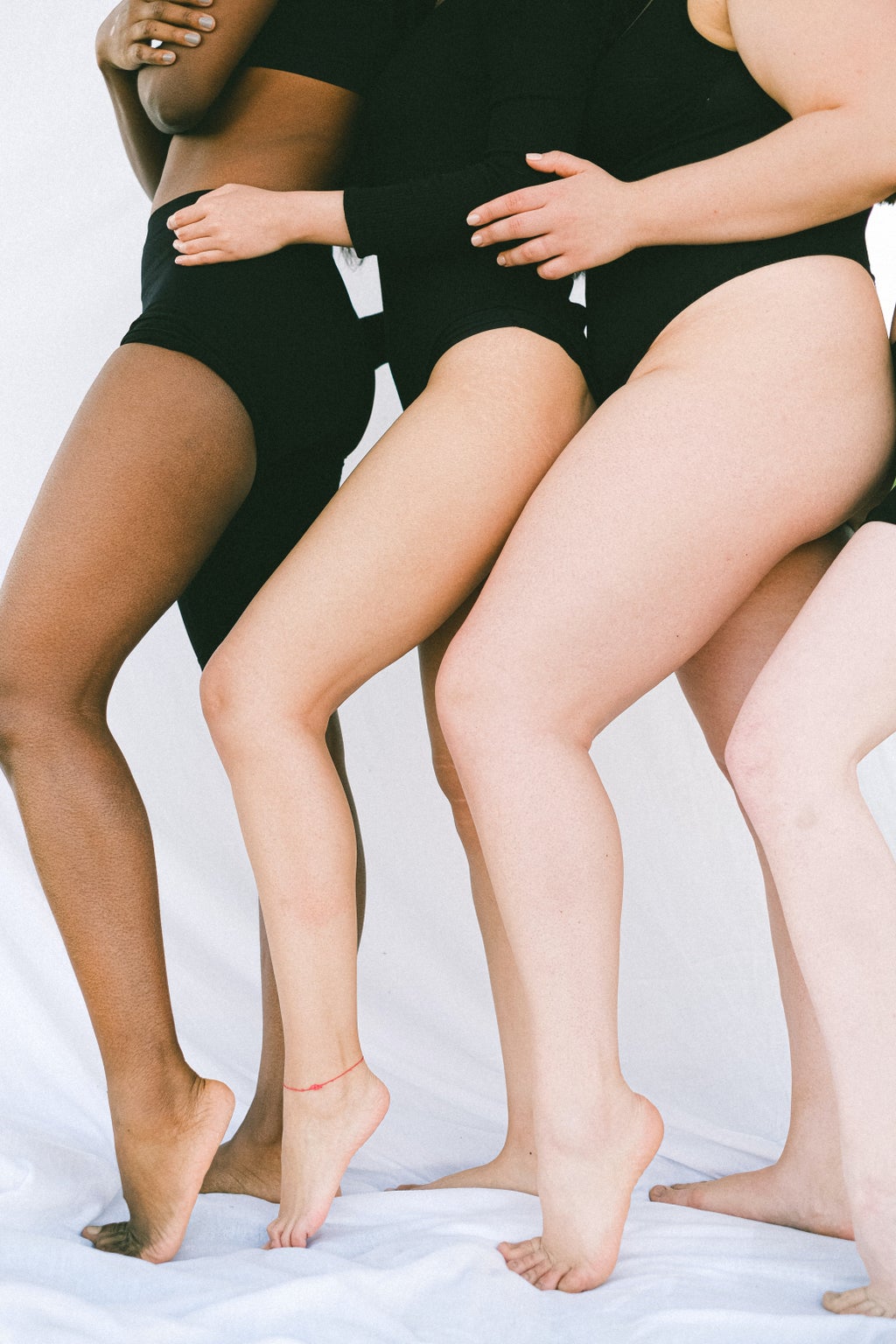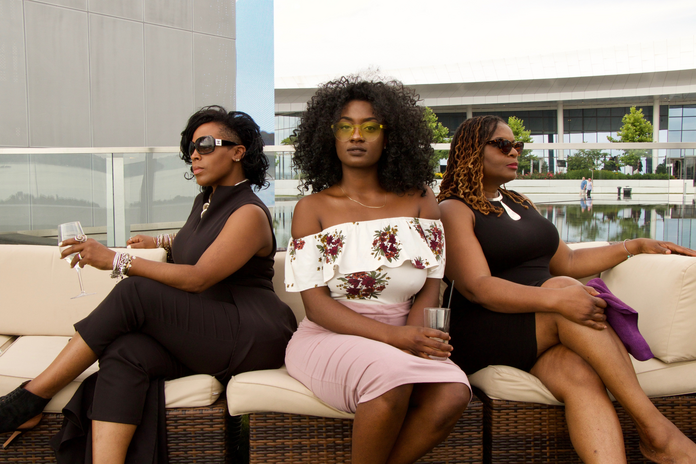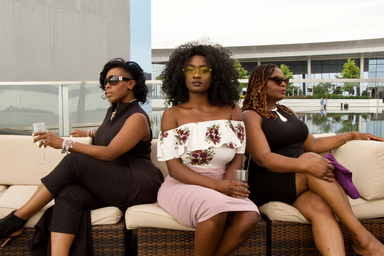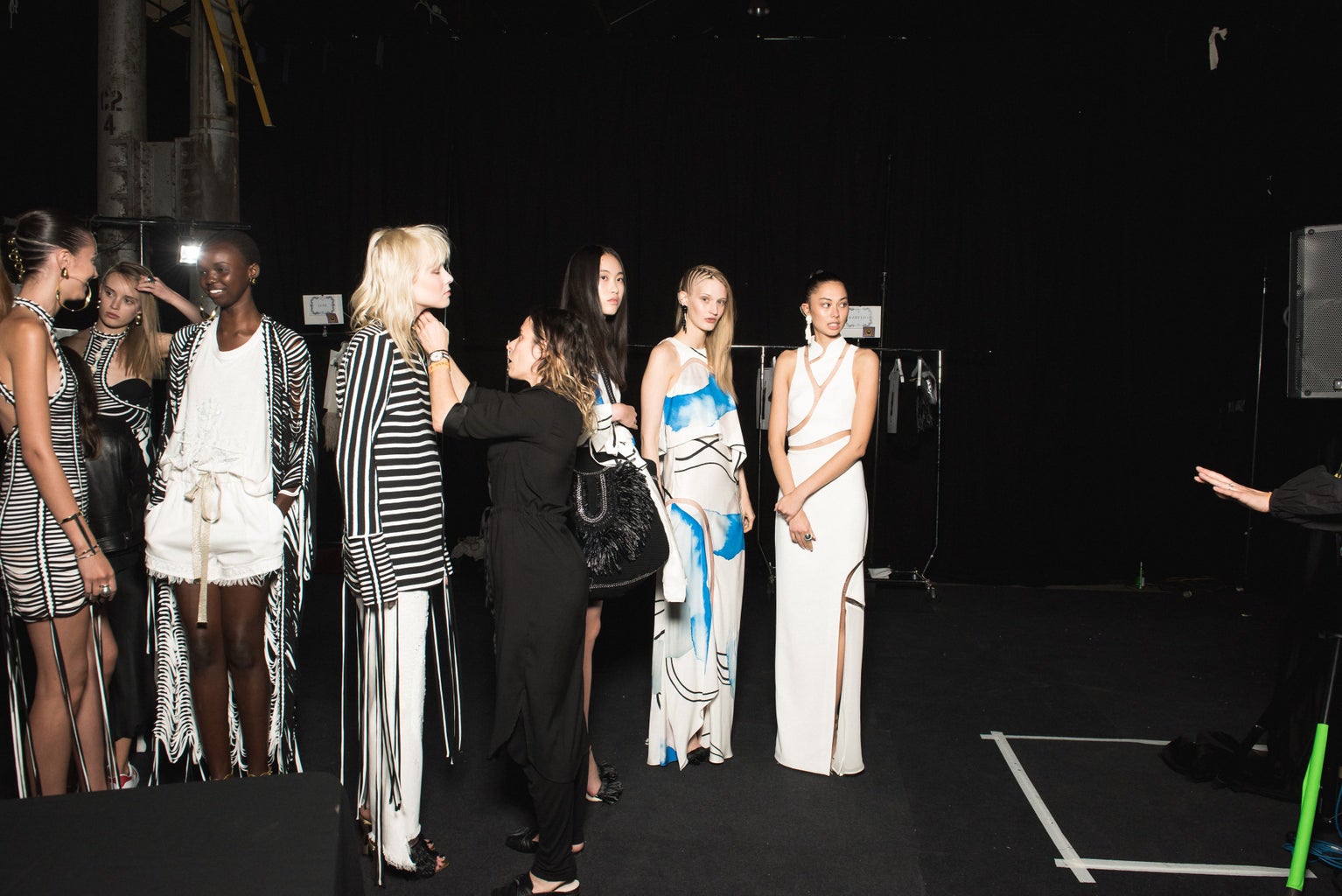For many years, fashion seemed to only cater to one demographic: rich, white women who were conventionally pretty, skinny and tall. Because of this, the fashion world seemed unattainable to people who did not fit in the desired categories. Nowadays, the fashion industry and fashion companies alike boast diversity, inclusivity, and love for all types of people. We are seeing more and more people of color host incredible fashion shows with diverse casts. Despite this small feat, one type of woman tends to dominate the focus of the fashion world, and so all this change seems miniscule when people outside of the accepted spectrum continue to be left out of fashion trends, fashion shows, and promotional pictures.
Take a moment to google or search on Pinterest “fashion trends of 2020” or “fashionable.” You will notice very quickly that there are zero plus size models that show up when searching these topics. Unless you were to specifically put plus size in front of the searches, it would be really difficult to find the pictures you need. As someone who is plus size, it would be great if my body didn’t deter me from being considered attractive.
When observing the fashion trends of 2020 among teens and grown women, casting websites tend to avoid using any images of plus size women. A 2018 Coresight Research report stated that consumers were expected to spend as much as $24 million per year at plus size retailers by 2020. Why does the industry continue to ignore the existence of plus size women? The market for plus size women proves how important fashion is to them. On top of that, being a different size shouldn’t be the deciding factor when determining if an outfit is cute or not.
This year, we saw the strawberry dress popularized on social media applications such as Twitter and TikTok. However, the strawberry dress seemed to only be romanticized on skinny bodies. Tess Holiday pointed out on her Twitter page that when she wore the strawberry dress to the Grammy’s, she was put on the worst dressed list. The difference in the response to the dress varied greatly when it was shown on a plus size woman versus a skinny woman. Even in Tess’s comments under that tweet, people are fat-shaming her and telling her that it makes sense people would think she didn’t suit the dress.
There is a major difference in the way social media treats plus size people who are following trends. Fashion websites often quote Gigi Hadid and Kendall Jenner as being style icons, but if you really think about it, what’s so innovative about wearing jean shorts and a t-shirt? The fashion world continues to prove that skinny bodies are made for fashion and beauty, while plus size bodies are meant to stick to the stereotype that their body cannot be attractive. Earlier this year, a tweet with over 100k retweets went viral, after it encouraged hate towards a pair of women wearing jean shorts and a t-shirt – two things deemed trendy by major fashion websites and social media. At the end of the day, don’t let anyone tell you your body isn’t meant for an outfit just because of your size. Wear that mini skirt. Buy that bodycon dress. Your body is yours and only you can define its beauty.

Images: Her Campus Media Library




